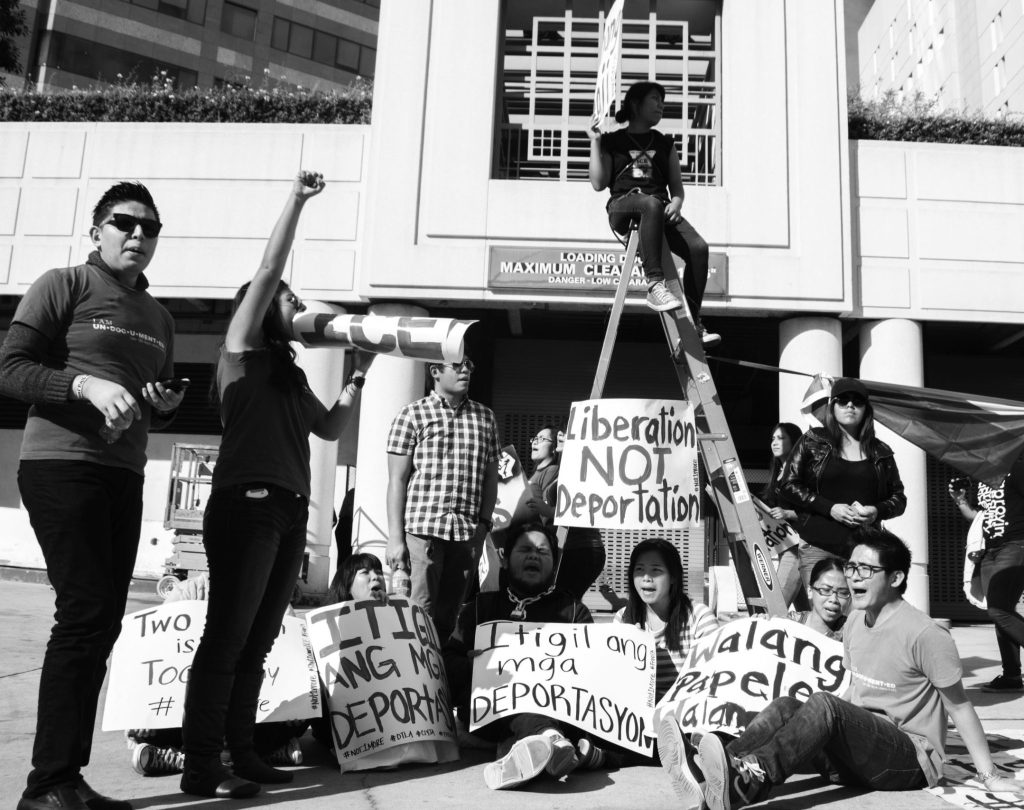A new brief released by the UCLA Labor Center and the New York Taxi Workers Alliance (NYTWA) offers an analysis of approximately 50 million Uber & Lyft trips in New York City during four separate months between 2019 and 2022—shedding light on passenger fares, commission taken by the companies, and driver pay in light of the New York City Taxi and Limousine Commission’s (TLC) minimum pay rules for app drivers.
Using publicly available data from the New York City TLC’s High Volume For-Hire Vehicle (HVFHV) trip database, the brief “Analysis of High Volume For-Hire Vehicle Data for New York City” found that Uber & Lyft took the highest commissions during the worst of the pandemic and that passenger fares have gone up significantly more than driver pay.
According to the findings, Uber and Lyft took a larger share of passenger fares—and gave a smaller percentage to the drivers—in 2022 compared to 2019 when the city’s minimum pay standard went into effect. In February 2019, when the TLC first implemented the driver pay rules, companies took 9% of passenger fare compared to 20.7% in April 2022.

In addition, the data reveals that passenger fares have increased significantly more than driver pay. From February 2019 to April 2022, median driver pay increased by 31% compared to an increase of 50% for median passenger fare. Uber & Lyft took 30% or more in commission on many more trips in 2022 than in 2019. In February 2019, the companies took 30% or more of the fare on about 9% of the rides. In April 2022, the companies took a 30% or more cut of the passenger fare for 29% of all rides.

The brief’s authors recommended additional support and resources to ensure that drivers are receiving the full benefits of their work, including a cap on the amount that companies can take from the passenger fare, transparency around the company commission, proportional increases between passenger fare and driver pay, compliance and enforcement of all minimum rate underpayments, and increased transparency in providing drivers full access to their trip data.
Alongside these recommendations, the authors also outlined several additional recommendations for improved access to industry data. These included access to de-identified driver data to allow for an assessment of hours, pay and income by driver; ride data differentiated by type of ride such as standard ride, Uber X, Uber XL, Uber Black, etc.; a breakdown of additional elements of driver pay beyond basic time and distance rates, such as “boosts,” “surges,” and other incentive payments, wait time, and long pick up premiums (additional payment to a point of pick up); a breakdown of additional charges imposed beyond the basic cost of a ride, such as premiums for extra services such as car seats, advanced reservation charges, and other surcharges; a breakdown of driver pay for out-of-town trips, identifying the portion of pay and miles and minutes beyond the city limits; and regularly released HVFHV data summaries to allow the general public access to this information.
The brief was authored by Aya Konishi, Vivek Ramakrishnan, Saba Waheed and Lucero Herrera of the UCLA Labor Center.
Related Links
Crains New York Business
Pix11
New York Daily News
The City
Yahoo News
The Lawton Constitution
CT Examiner


